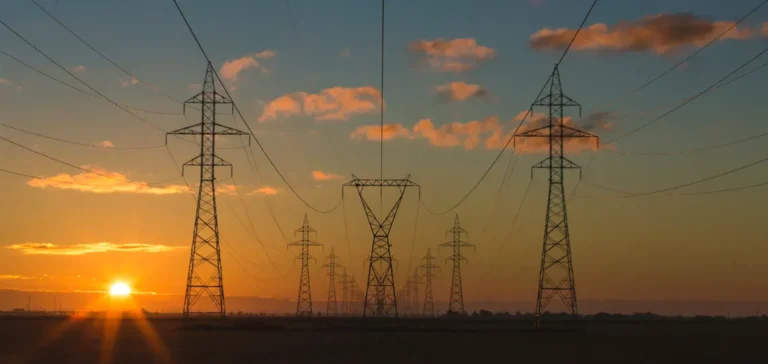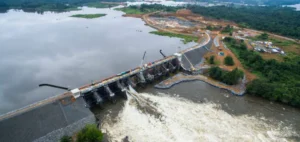Russian electricity exports, traditionally dynamic in the Asian market, are experiencing a slowdown. InterRAO, Russia’s main electricity exporter, recently indicated that it expects a global reduction in its electricity exports of approximately 4% this year, mainly driven by a marked drop in supply to China, its second-largest export market after Kazakhstan. This comes after a year when exchanges with China had already notably declined from around 3.1 billion kilowatt-hours (kWh) to just 0.9 billion kWh. According to InterRAO, this trend reflects persistent structural difficulties, particularly in Russia’s Far East region.
Major Hydrological Constraints
The primary cause of this reduction lies in constraints on hydroelectric production in certain key regions. Indeed, exceptionally low water levels in Russian hydroelectric reservoirs in the Far East have led to a significant decrease in capacities available for international markets. The drought observed over the past year necessitated reallocating electricity resources to meet rapidly growing internal demand, thus severely restricting export possibilities. This restriction occurs at a time when domestic energy demands are rising, notably due to the rapid expansion of cryptocurrency mining centers.
Moreover, this dynamic has prompted some Russian regions to exceptionally consider importing electricity from China to offset temporary shortages. This temporary reversal of traditional energy flows underscores the current complexity of energy exchanges in this strategic region. It should be noted that forecasts for the coming years remain relatively cautious about a significant recovery of exports to the Chinese market.
Diversification of Outlets
Faced with this situation, Russia is strengthening alternative energy partnerships, particularly with Kazakhstan, which now absorbs about 54% of InterRAO’s total electricity exports. By comparison, deliveries to Mongolia remain stable, serving as a buffer in the geographical reorganization of Russian commercial outlets. According to forecasts by the Russian operator System Operator, these trends are expected to remain relatively consistent, with global exports stabilizing around 12 billion kWh per year until 2030.
However, these medium-term forecasts remain highly dependent on currency fluctuations, energy pricing, and future water resource levels. The Chinese market, nonetheless, remains a critical factor, as its potential demand may experience significant seasonal peaks during summer or winter. InterRAO’s strategic decisions and upcoming climatic conditions will thus largely determine the future trajectory of Russian electricity exports.






















